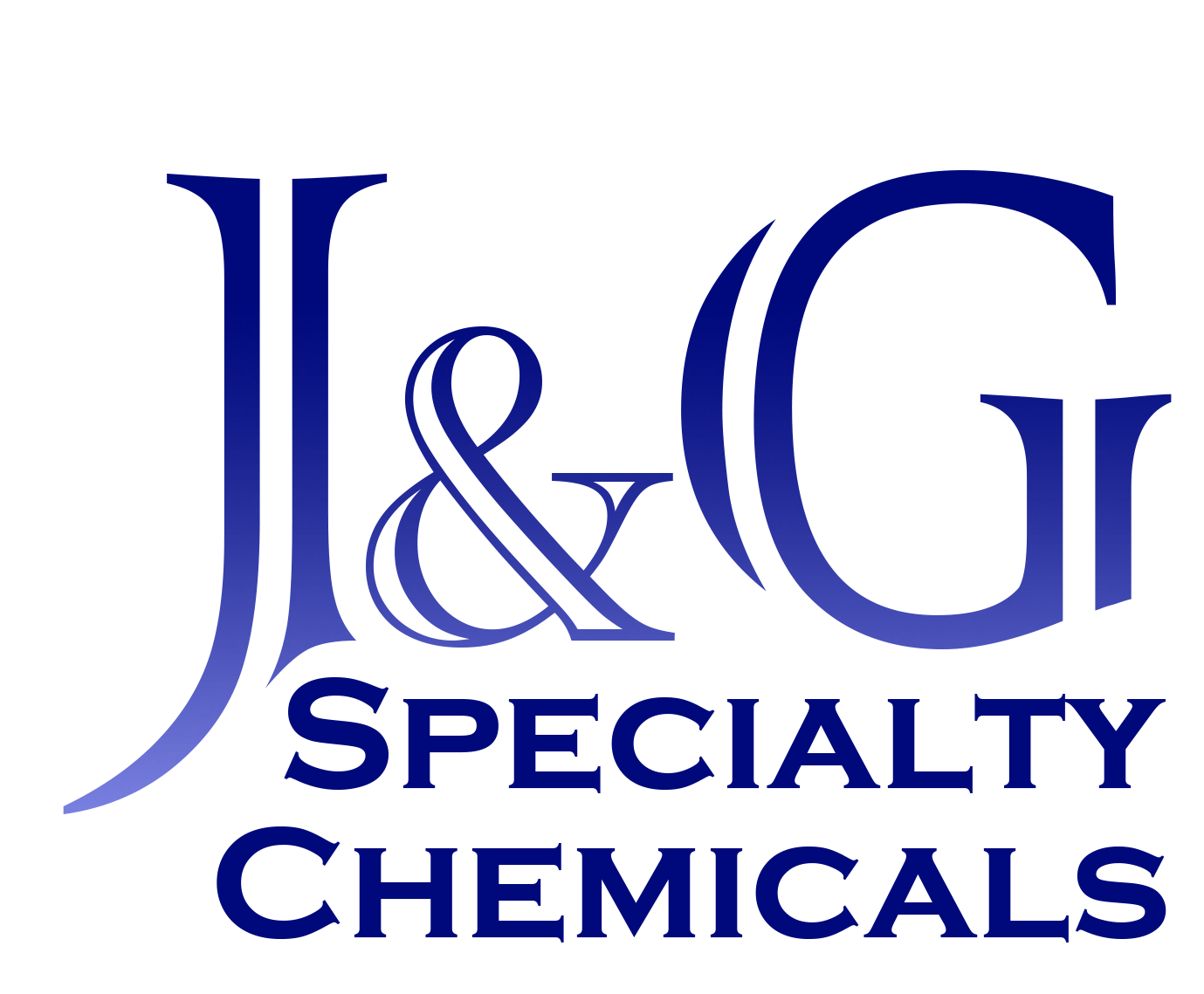Effective operation of your system begins with knowing your system. While two systems may be designed and built the same, they remain unique. This uniqueness can likely be accounted for by a number of conditions such as:
· The potable water source for the area resulting in different influent waste make up
· Various industries and/or institutions discharging into the system
· Distance/time required for the wastewater to arrive at the treatment plant
· Inflow/Infiltration into the system
· Different process operational set points
· Age and effectiveness of treatment equipment
· Seasonal variations with respect to both weather, connected industries, etc.
With all that potential variability, consideration needs to be given to becoming familiar with what your system sounds like, looks like, smells like, etc.
· Blower sounds
· Surface aerator sounds
· Influent screen sounds
· Influent grinder sounds
· Pump sounds
· Influent color and odor
· Aeration tank colors, odors and aeration patterns
· Digested sludge color and odors
· Aeration tank and digester foam
· Effluent color and odor
Additionally, you should know the characteristics of your treatment system when the system is running optimally or, at the very least, under “normal” circumstances. A good way to gain this level of knowledge is to profile your system on a routine basis (frequency depends on process stability and available resources) until you have a better understanding of what is “normal”. Depending on process variability as well as your required level of treatment, they may include:
· Dissolved Oxygen (DO)
· Ammonia
· Chemical Oxygen Demand (COD)
· Nitrates
· Phosphorous
· Oxygen Reduction Potential (ORP)
· pH
· Alkalinity
· Mixed Liquor Suspended Solids (MLSS – sludge) settleability
· Temperature
· Effluent Total Residual Chlorine (TRC) and maybe Free Residual Chlorine (FRC) under certain circumstances
In general, paying attention to “normal” process conditions over the course of time will yield future benefits. After all, you can’t be expected to know what is “normal” if you don’t first establish what is “normal”. Profiling of the system on a routine basis allows for the operator to predict a problem before it can have a significant impact to the treatment system. System profiling will also aid in determining process conditions with the most significant impact.
Once process issues are recognized, baseline data gathered when the system is operating properly can be invaluable. It is at the time when “things” aren’t right that you should begin gathering current operational data against baseline data to aid in determining “what has changed”.
If influent BOD5 and ammonia are in normal proportion (about 20:1) then using ammonia concentrations at various points of the treatment system as indicators of treatment efficiency is a good process control tool. Field testing for ammonia, while not too accurate, can give you results in minutes not hours or days. As detailed later, nitrifying bacteria (the ones responsible for converting ammonia to nitrate) have a much smaller population relative to the other microbes and in addition have greater sensitivity to a variety of process conditions. With that said, if the effluent ammonia concentrations are within your desired range then it is likely that the CBOD5 is as well.
If your process CBOD5 remains high until the end of treatment, then it’s likely that the ammonia concentrations may be higher than normal. In the case of most treatment systems, the CBOD5 needs to be reduced to less than 100 mg/L, before an effective level of nitrification can occur. This can become a problem in industrial settings where the dissolved air floatation units are not operating right, not separating the CBOD5 particles out of the water or if there is a lot of dissolved CBOD5 making it past this unit. In either case, the high concentrations of CBOD5 entering the secondary treatment system take a long time to be removed. This increase in CBOD5 makes it hard to remove the ammonia due to the nitrification process starting much later in the treatment process, if at all. As you would expect, cold weather makes this problem much worse.

